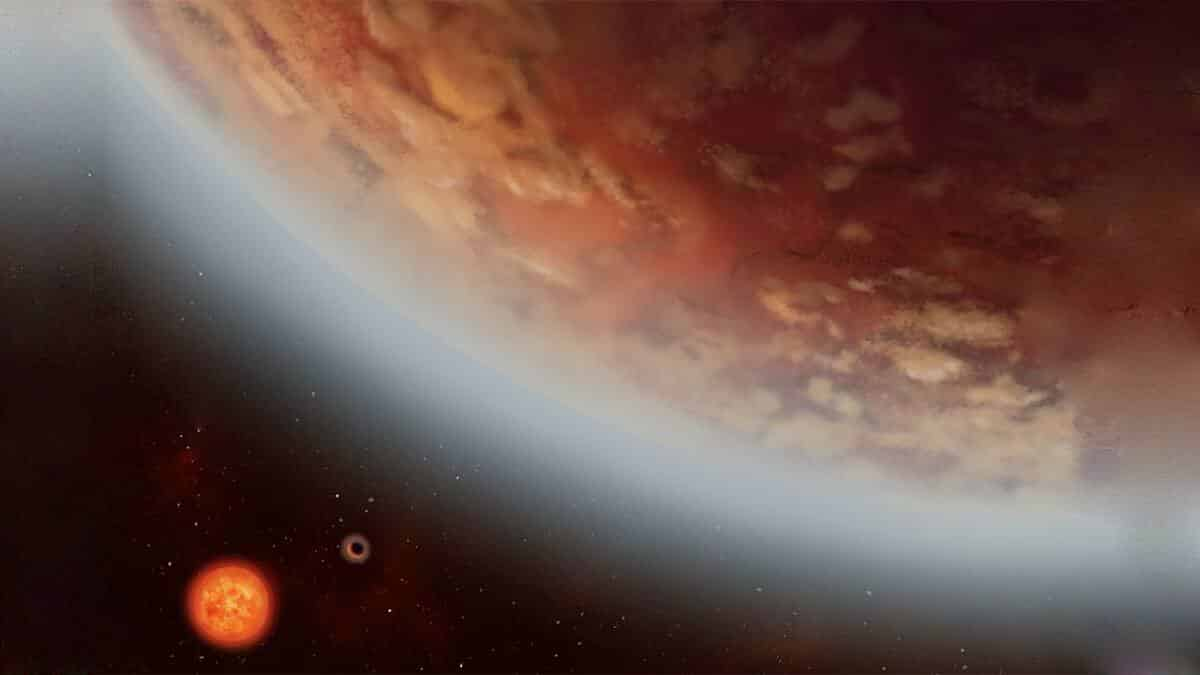NASA’s Hubble Discovers Water Vapor on Habitable-Zone Exoplanet for 1st Time

Given the abnormal state of action of its small red star, K2-18b might be increasingly threatening to life as we probably are aware it than Earth…
A distant planet called K2-18b has caught the attention of scientists worldwide as its size and surface gravity are much larger than Earth’s, and its radiation environment may be hostile. But for the first time, researchers have distinguished water vapor marks in the atmosphere of a planet past our nearby planetary group that dwells in the “habitable zone,” the area around a star where fluid water could possibly pool on the outside of a rocky planet.
Cosmologists at the Center for Space Exochemistry Data at the University College London in the United Kingdom utilized information from NASA’s Hubble Space Telescope to discover water vapor in the air of K2-18b, an exoplanet around a little red small star around 110 light-years away in the group of stars Leo. Whenever affirmed by further investigations, this will be the main exoplanet known to have both water in its air and temperatures that could continue fluid water on a rough surface. Fluid water would possibly be conceivable if the planet ends up being earthly in nature, as opposed to taking after a little form of Neptune.
Given the abnormal state of action of its small red star, K2-18b might be increasingly threatening to life as we probably are aware it than Earth, as it is probably going to be presented to all the more high-vitality radiation. The planet, found by NASA’s Kepler Space Telescope in 2015, additionally has a mass multiple times more prominent than Earth’s. That implies the surface gravity on this planet would be essentially higher than on our planet.
K2-18b is one of hundreds of “super-Earths” exoplanets with masses between those of Earth and Neptune — found by Kepler. In the coming years, NASA’s TESS mission is expected to detect hundreds more super-Earths. The next generation of space telescopes, including the James Webb Space Telescope, will be able to characterize exoplanet atmospheres in more detail.
The Hubble Space Telescope is a project of international cooperation between ESA (the European Space Agency) and NASA.
Stay tuned for further updates.


